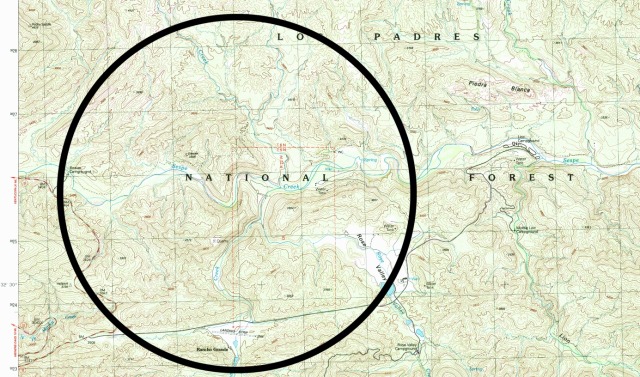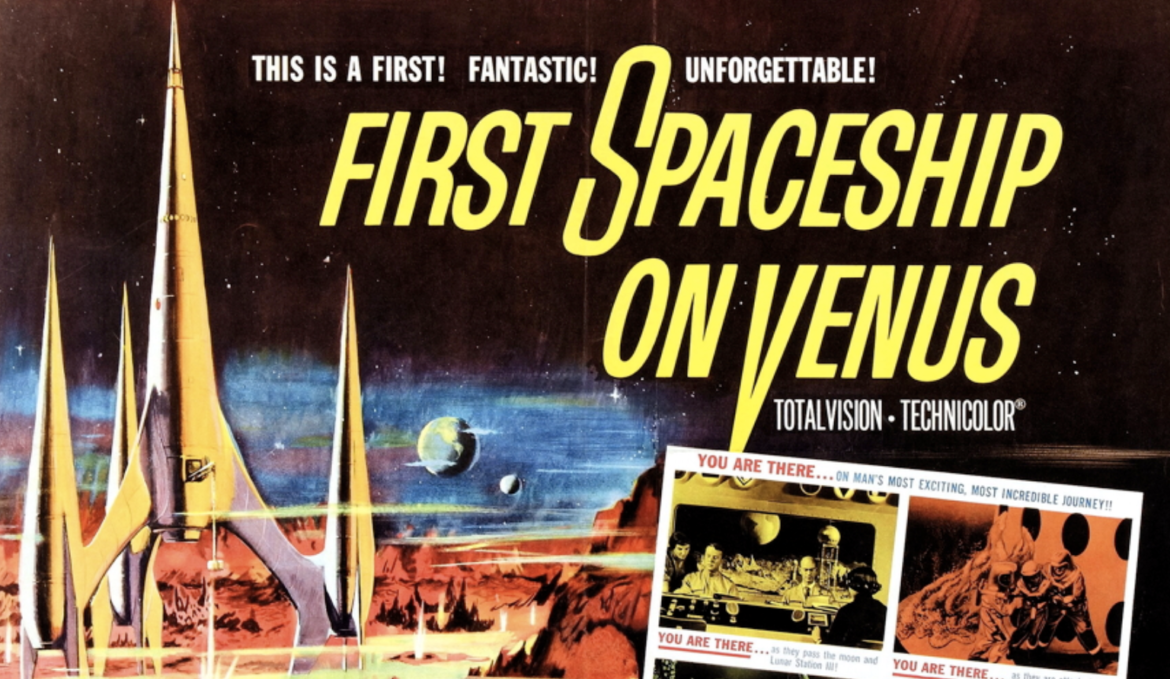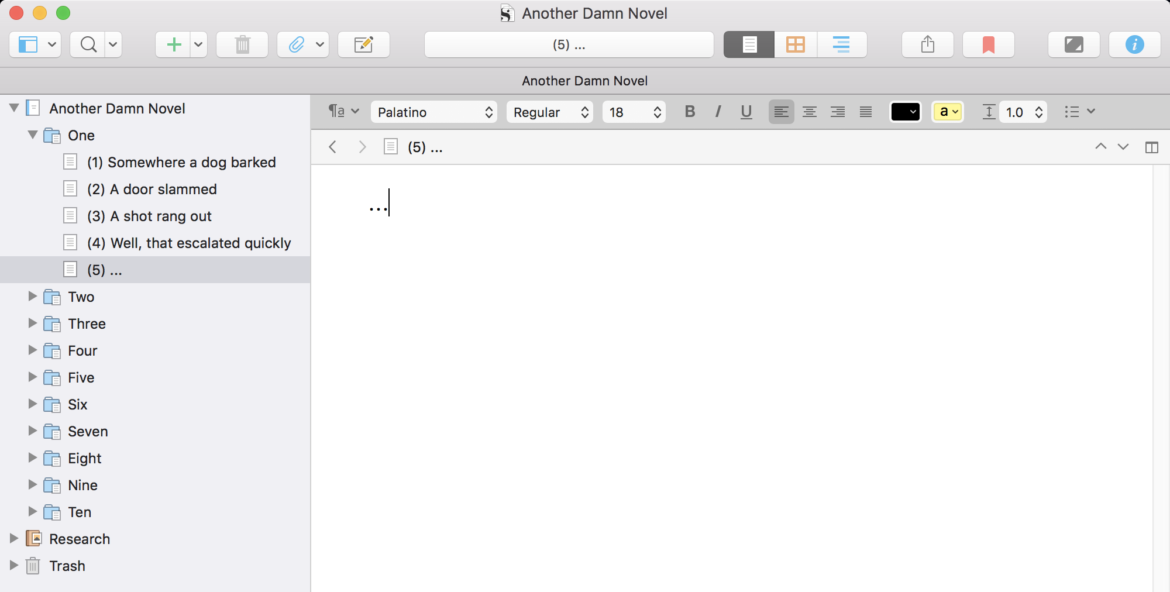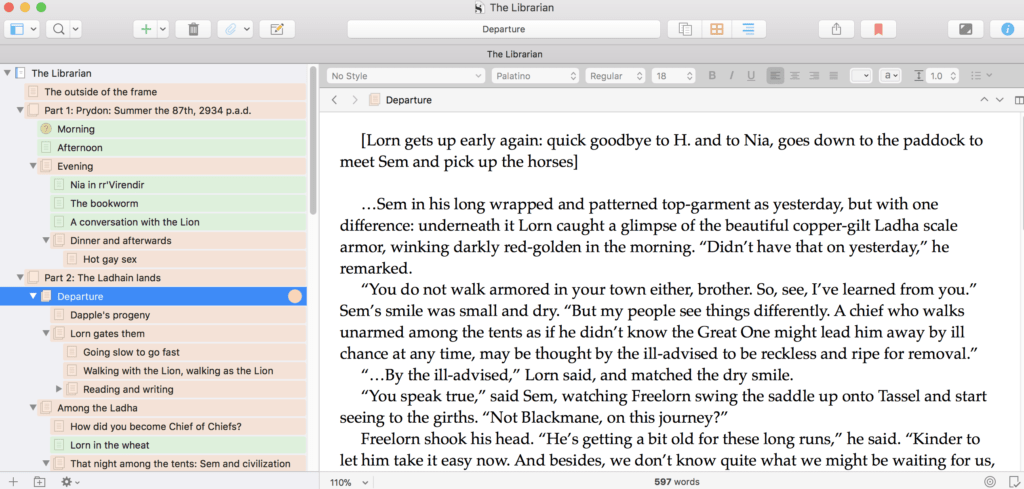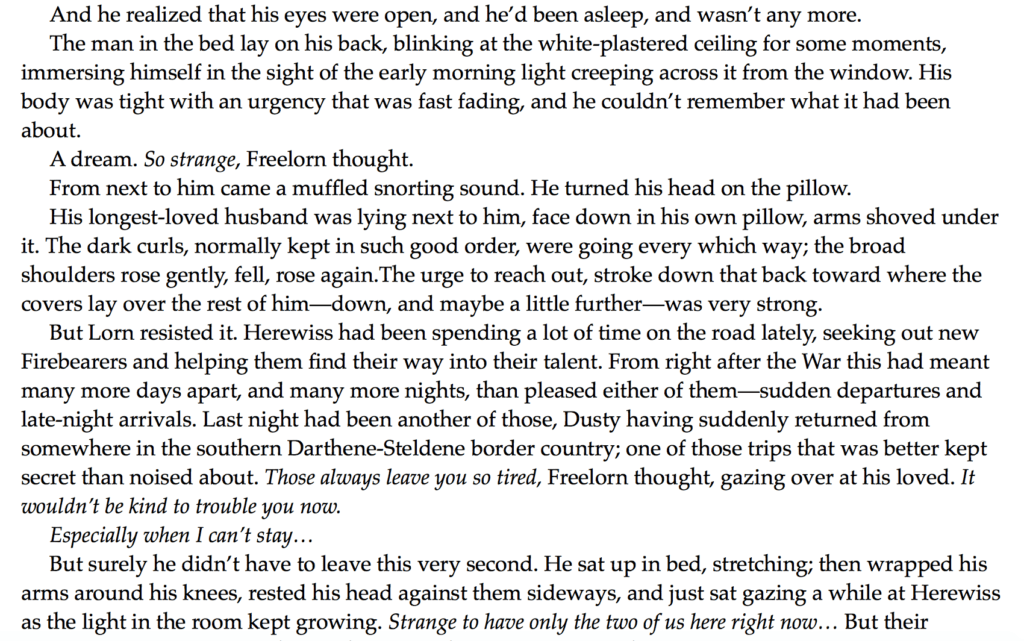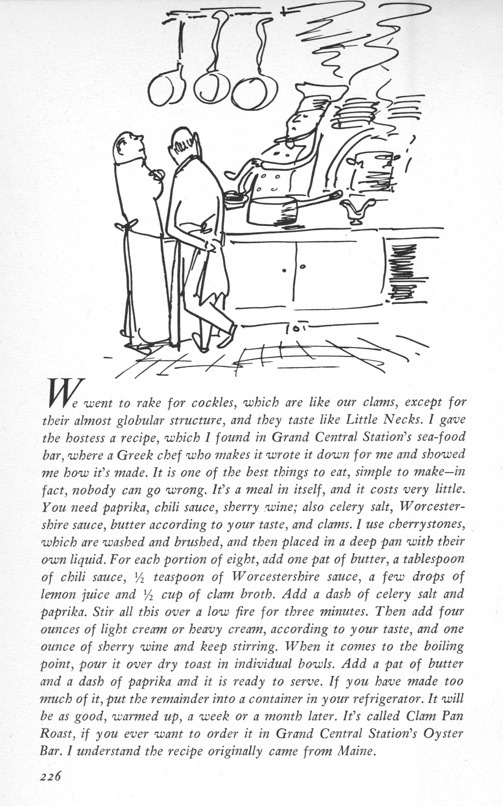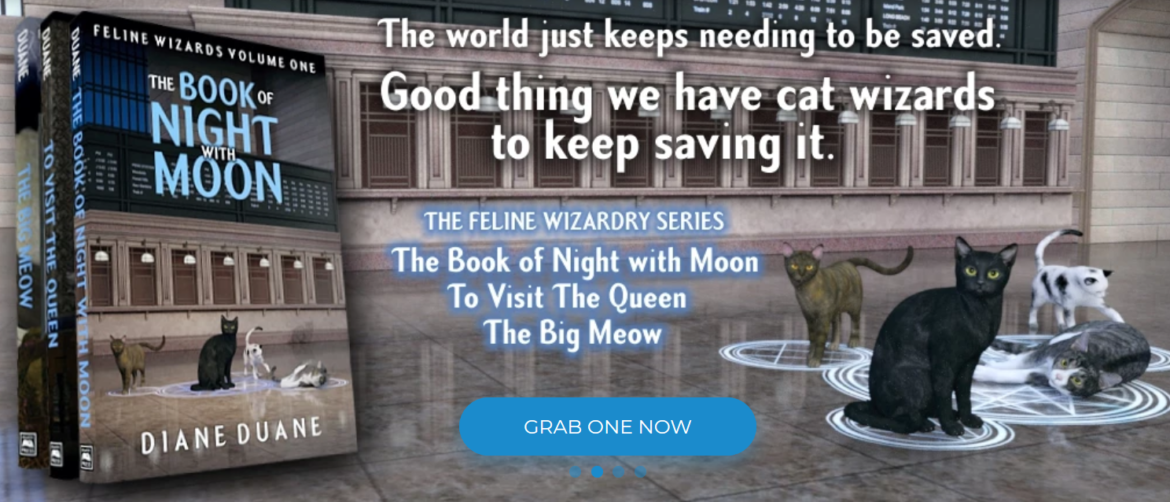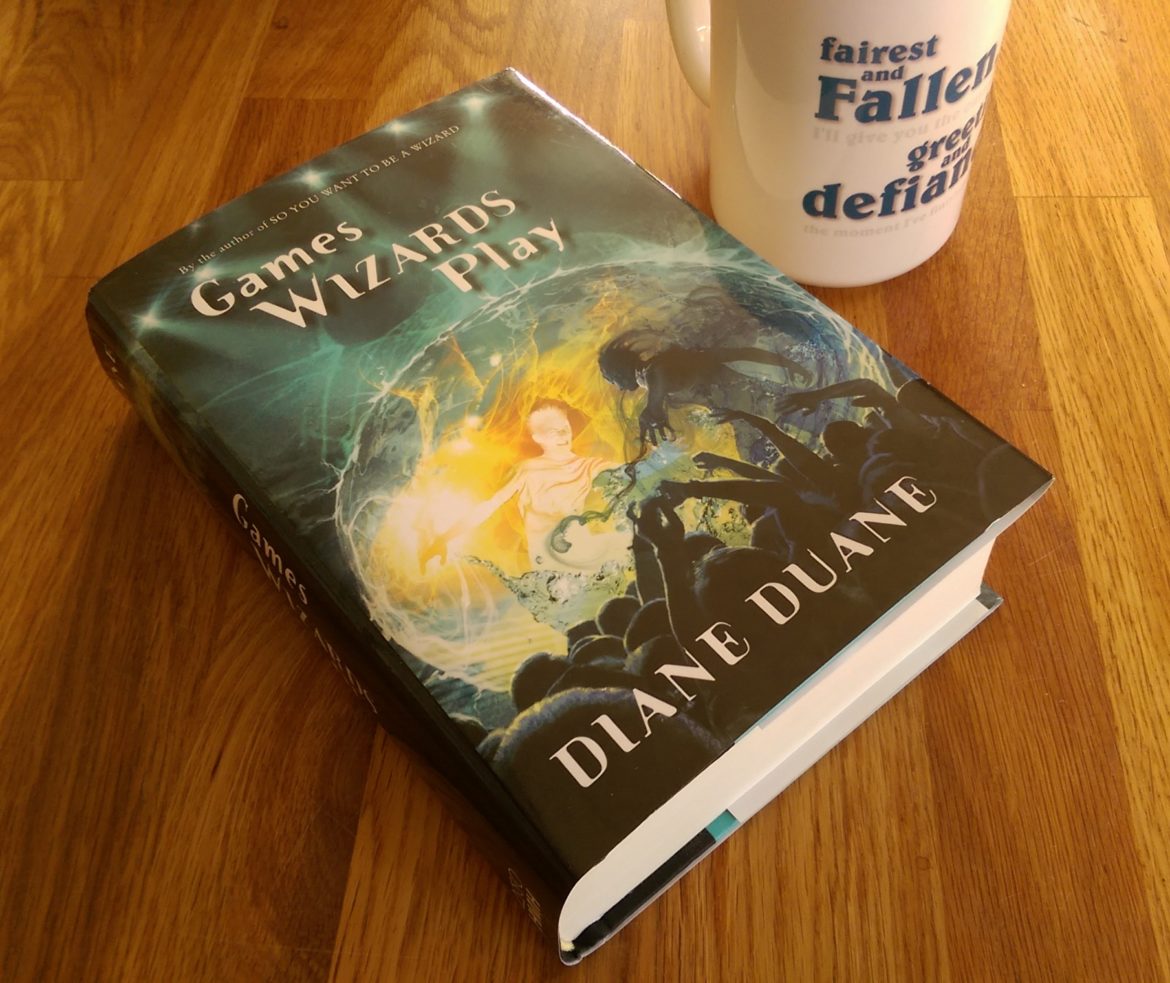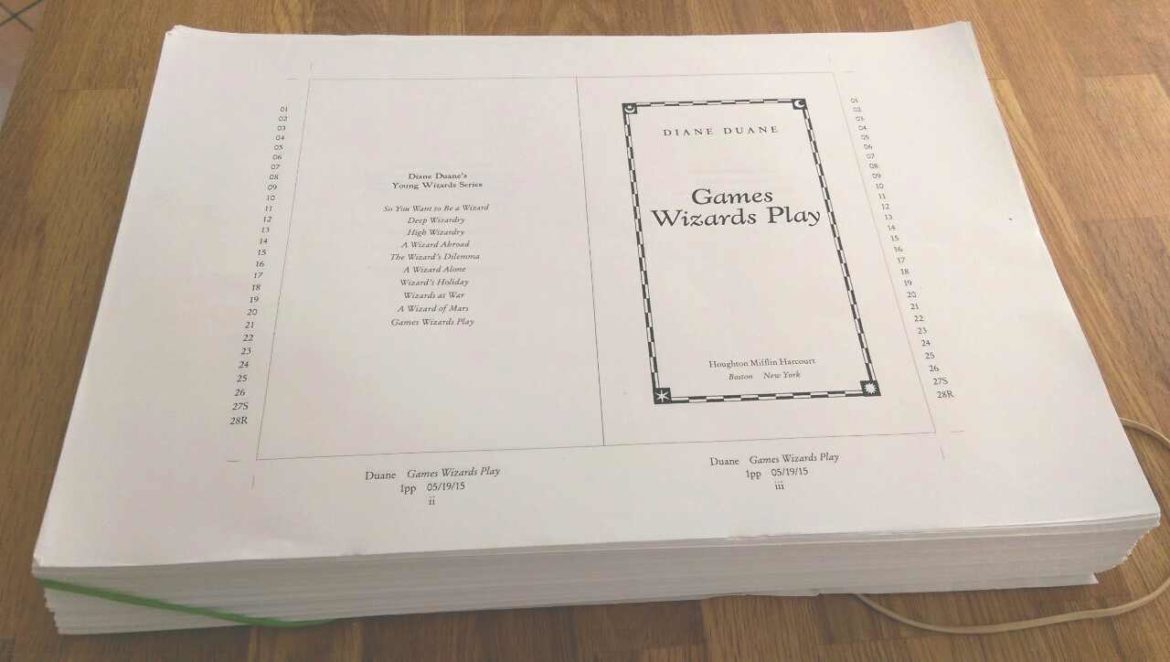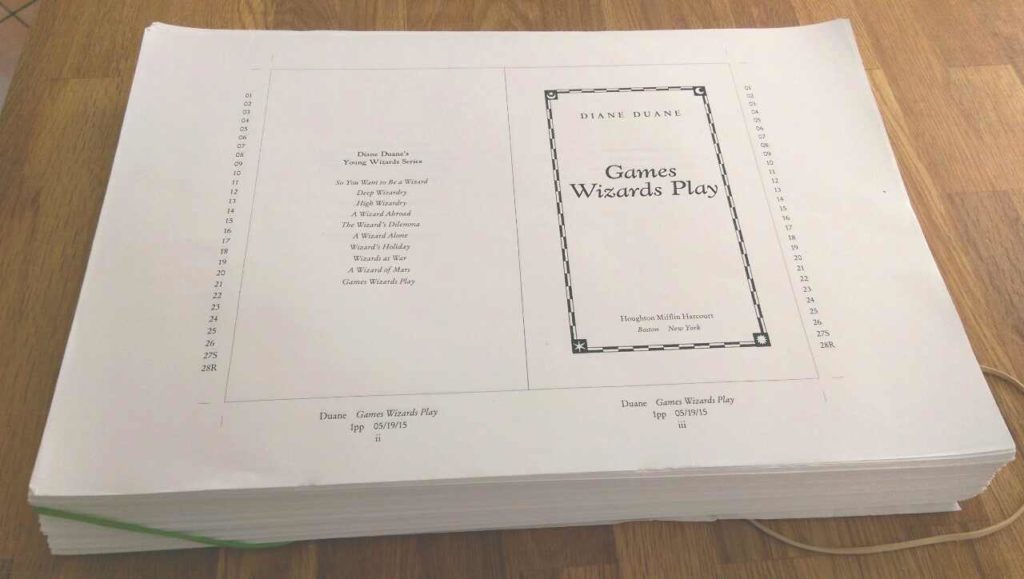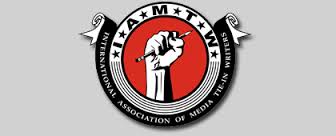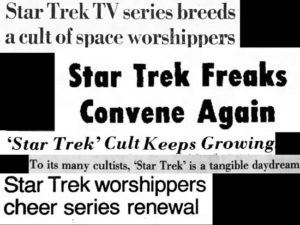…And yes, we’re having a sale to celebrate. But that can wait. 🙂
I’m sitting here looking at the date and considering how amazing it is that, despite the changes in the publishing world, anything can stay in print nonstop for forty years.
But this book has. Here’s how it started:
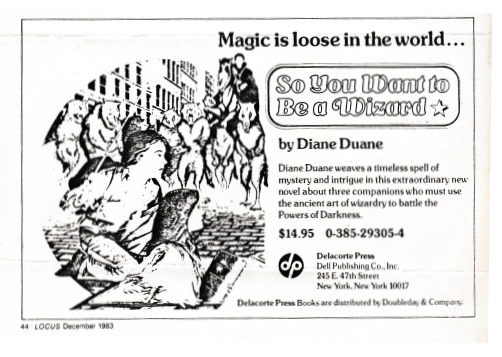
…Well, not how it started. It started with three things:
- A newbie YA writer being deeply annoyed with a non-newbie one for (as she thought) stripping their teenage characters of their agency without good reason.
- A suddenly-appearing joke involving two terms or concepts that wouldn’t normally appear together: the 1950s young-readers’ series of careers books with titles that always began So You Want To Be A…, and the word “wizard.”
- And the idea immediately springing from that juxtaposition. What if there was such a book? Not a careers book, but a book that told you how to be a wizard—maybe some kind of manual? One that would tell you the truth about the magic underlying the universe, and how to get your hands on it… assuming you felt you could promise the things that power would demand of you, and survive the Ordeal that would follow?
Six or seven months after that confluence of events, there was a novel with that joke-line as its title. A month or so after that, the novel was bought. So You Want To Be A Wizard came out as a Fall 1983 book, as you can see from the Locus Magazine ad above (from back when Locus was only a paper zine). The first reviews were encouraging.
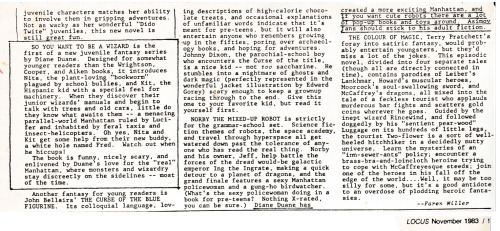
And by the middle of 1984, the publishers were asking, “So, what’s next?” A question I’m still busy answering.
There’s been a lot of water under the wizardly bridge since. In SYWTBAW‘s case, this involved a couple/few publishers, a surprising number of covers, a fair number of awards here and there; and lots more books. (I always knew there’d be more, but how many more continues to surprise me. Which is a bit funny, considering how much stuff that universe has going on in it.)
So here we are at forty, and looking ahead to The Big Five-Oh with some interest. More books? Absolutely. Young Wizards #11 is in progress at the moment, and YW #12 is in the late concept stages. More covers for So You Want To Be A Wizard? Seems inevitable. A TV series, perhaps? (shrug) Stranger things have happened: we’ll keep our fingers (or other manipulatory instrumentalities) crossed. The New Millennium Editions in translation? and in international paperback? Working on that right now. The sky’s the limit.*
And meanwhile, to celebrate, just for today we’ll have a sale. (Except in the UK. To our British friends, the usual sad apology: the expensive bureaucracy of Brexit has made it impossible for us to sell directly to you any more. Details here, with our apologies.)
As has been mentioned before, changes are afoot at Ebooks Direct, so this kind of sale won’t be happening again for the foreseeable future. (In fact I thought we were all done with them already. But the number 40 suggested one last opportunity that wouldn’t be recurring, so I thought, “Aah, what the heck? Let’s.”)
New things first! Today, to mark this occasion, we’re introducing the “All The Wizardry” Bundle. This is Ebook Direct’s entire inventory of Young Wizards works; the contents of the bundle are listed on its product page. The $29.99 price listed there is for today only, to celebrate SYWTBAW’s birthday, and will go up as of 23:59 Hawai’ian time tonight. As always, should you ever lose your ebooks or need to change reading platforms, we’ll change your formats as necessary, or replace the books, for free.
Just click here, or on the image below, for the “All The Wizardry” Bundle. (Please ignore the category listings under the “Pay Using…” icons on the product page: they plainly think they’re in a different universe. Kind of an occupational hazard around here…)

The other, older kind of sale folks will have seen here is on the “I Want Everything You’ve Got” Bundle, which is the whole Ebooks Direct store—obviously including all the Young Wizards books as well: more than 2.5 million words in 36 DRM-free ebooks. Just for today, in honor of the birthday book, we’re dropping the whole-store price to USD $40.00. This, too, will go away just before midnight Hawai’ian time tonight… and it will never be lower. So if you want everything we’ve got at that price, don’t wait around.

Make sure you use this link or the one associated with the image to get the baked-in discount at checkout. (If it fails to display correctly, use the discount code “40FOR40” in the checkout’s “discount code or gift code” field.)
Meanwhile? Onward into the next decade. The new A Day at the Crossings novel unfortunately won’t make it out before the end of 2023; other work in-house currently has taken priority. But as for early 2024… stay tuned.
And for those of you who’re Young Wizards readers, and have kept this book, and its sequels, alive for pushing half a century?
Thank you, again and always!
*Though actually, it’s not, is it? As the proverb has it, “Wizardry doesn’t stop at atmosphere’s edge…”



